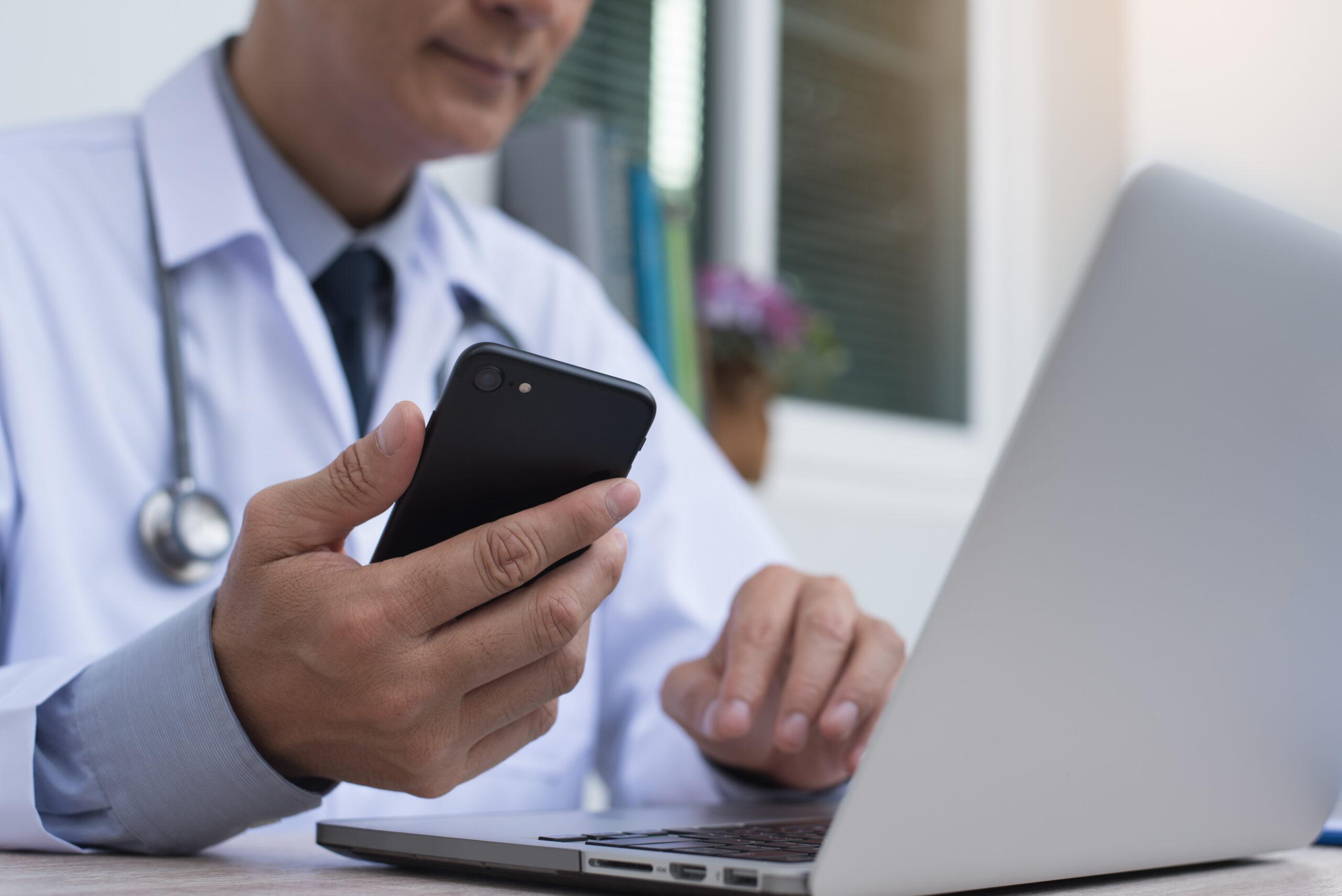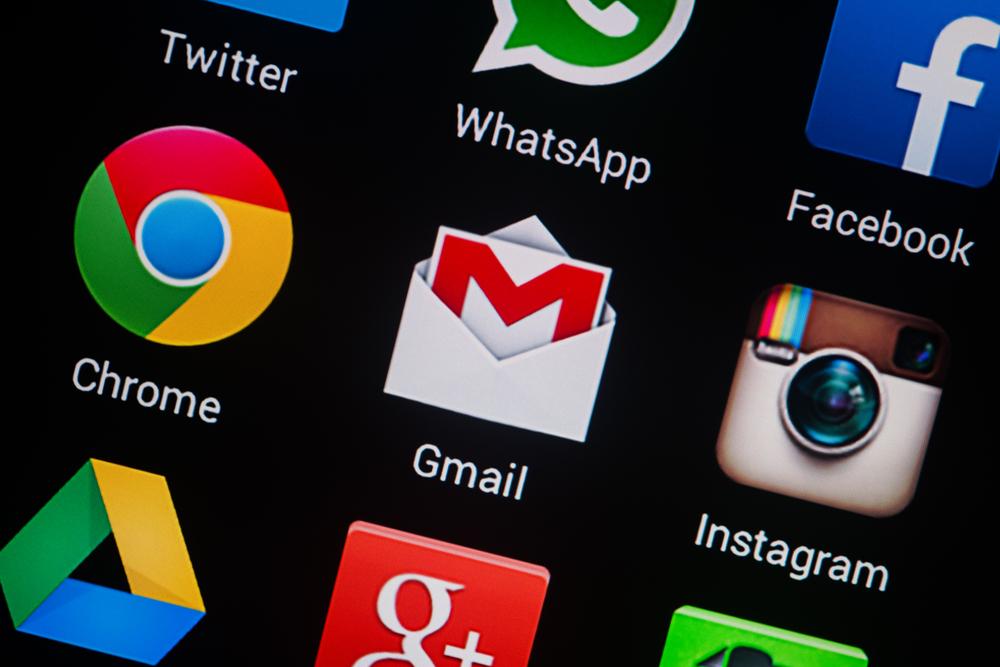Business News Daily provides resources, advice and product reviews to drive business growth. Our mission is to equip business owners with the knowledge and confidence to make informed decisions. As part of that, we recommend products and services for their success.
We collaborate with business-to-business vendors, connecting them with potential buyers. In some cases, we earn commissions when sales are made through our referrals. These financial relationships support our content but do not dictate our recommendations. Our editorial team independently evaluates products based on thousands of hours of research. We are committed to providing trustworthy advice for businesses. Learn more about our full process and see who our partners are here.
Email Etiquette: The Dos and Don’ts of Professional Emails
Email is more than omnipresent enough that etiquette has emerged around it. Here’s a guide.

Table of Contents
Responding to emails is a necessity in the business world, but taking the time to type out a thoughtful, polite reply to each one can eat up a good chunk of your day. Yet, quick, casual responses to professional emails can do more harm than good, according to Sharon Schweitzer, founder of Protocol & Etiquette Worldwide. Additionally, automated responses can reduce connections between senders and receivers, and creating more generic rather than customized emails may lead to miscommunication.
Jodi R.R. Smith, owner of etiquette consulting business Mannersmith, and Schweitzer shared their advice for keeping emails proper and professional, including some major dos and don’ts, and when to use the carbon copy (cc) and blind carbon copy (bcc) options.
The Dos
Do: Use proper salutation
Opening an email with “hi” or “hey” might be alright for colleagues you’re friendly with, but for new contacts, Schweitzer advised beginning your email with a proper, respectful salutation, such as “good morning,” “good afternoon,” “good evening” or “hello.”
“‘Good day’ or ‘greetings’ are other phrases used frequently in the international arena,” she added.
Do: Proofread
Before you send, make sure to carefully proofread and edit your email. You should look for misspellings, homonyms, grammar and punctuation errors, Smith said. Careless email mistakes will only make you look bad to your recipients.
“These errors look unprofessional and reduce the likelihood that the email will be taken seriously,” added Schweitzer. “Email software comes with many professional tools such as spell check. Use them.”
Do: Stay concise
It’s always best to keep your emails short and sweet. Emails are not meant to be as brief as text messages, Smith said, but they are meant to be a form of quick communication. If your email is too wordy, try editing it down to make it more concise.
“Recipients will only read the first line or two before deciding whether to keep or delete [an email],” Smith said. “Be sure you are saying what you need to say sufficiently.”
Do: Keep Calm
Never send any email while you are angry or otherwise emotional, Smith advised. Instead, try to calm down and then speak to the person you need to address face-to- face or over the phone if an in-person meeting is not possible. Doing so could help you avoid an unnecessary altercation, Smith said.
The Don’ts
Don’t: Use buzzwords
Acronyms and buzzwords can confuse recipients and make you look unprofessional, according to Smith. Stick to writing out full words and using layman’s terms to get your point across, although exceptions can be made depending on whom you’re emailing. For example, acronyms may be acceptable in the occasional internal email, but any email you send – especially to clients – should be written in language that’s easy to understand, Smith said.
Don’t: Put anyone down
Emails can be shared quickly and easily, and there are consequences to disparaging others in lasting, digital communications. Avoid embarrassing yourself – or worse, losing your job – by making sure you don’t bad-mouth any colleagues or business partners.
“You never want to say anything bad about someone in an email,” Smith said. “It is simply too easy for it to be forwarded and have it end up being read by someone for whom it was not intended.”
Don’t: Punctuate poorly
When you’re writing a professional email, keep the exclamation marks to a minimum. Even one exclamation mark can be too many, Smith said. Keep your punctuation professional, and unless you’re friendly with the intended recipient, Smith said you should avoid using emoticons or emojis in emails, too.
“Those little blinking icons are for text messages,” said Schweitzer. “They are inappropriate and unprofessional in a business email. Emoticons may divert email to a spam filter or junk mailbox.”
Don’t: Forget the conversation closer
End your email with a closing such as “Best,” “Best regards,” “Sincerely,” “Thank you,” or another appropriate phrase.
“By letting the recipient know that a response isn’t needed, the email cycle doesn’t continue on in perpetuity,” said Schweitzer.
Other closer options include “No reply necessary,” “Thank you again,” “See you at the meeting” and “Please let me know if I may be of further assistance.”
How to cc and bcc properly
The cc and bcc tools are tricky. Sometimes they’re useful, but if used improperly, they can be problematic.
When you’re using the cc feature, Smith said to keep in mind that less is more. You also need to think about what it is that you’re sending and how important it is to others.
“Truly consider who needs to be in the loop on this communication,” Smith said. “Do they need this information, or is there something they can add to the conversation?”
Schweitzer added that sometimes people are so proud of their work product that they add a dozen recipients in the cc line and then bask in the limelight of afterglow when everyone comments about how much or how well they are doing. This may be interpreted as slick boasting, a cry for attention or self-centeredness, so keep cc’s to only those with a need to know.
The bcc feature allows you to add someone to an email conversation without others knowing, so it can be a little harder to determine when or if it’s right to use it. Smith said that there are times when bcc-ing others is a good idea.
- If you’re planning something but not everyone in the conversation knows one another yet, using bcc keeps everyone’s emails private until they’re ready to share them with the group.
- If you have been asked to complete a task, when you include the requester via bcc, it lets that person know that the task is in progress.
- If you are corresponding with a client who is unsatisfied, bcc-ing your boss will ensure that he or she won’t be caught by surprise, should the client call.
Smith said it’s best to leave those who don’t fall into the “need to know” category off an email and reduce the clutter in their inbox. And if you’re not sure, Smith said the best approach to take is to ask the person you want to cc or bcc if they’d like to be included.
Email etiquette equates to professionalism
When emailing with someone, you are representing both yourself and your brand. It’s important, then, to put your best foot forward and present yourself as professionally as possible. That means writing clearly, concisely, and using proper punctuation. It also means maintaining a somewhat formal tone without being rigid and unfriendly. Ultimately, email etiquette is just about being clear and to the point so you and your recipient can both be as productive and understood as possible.
















